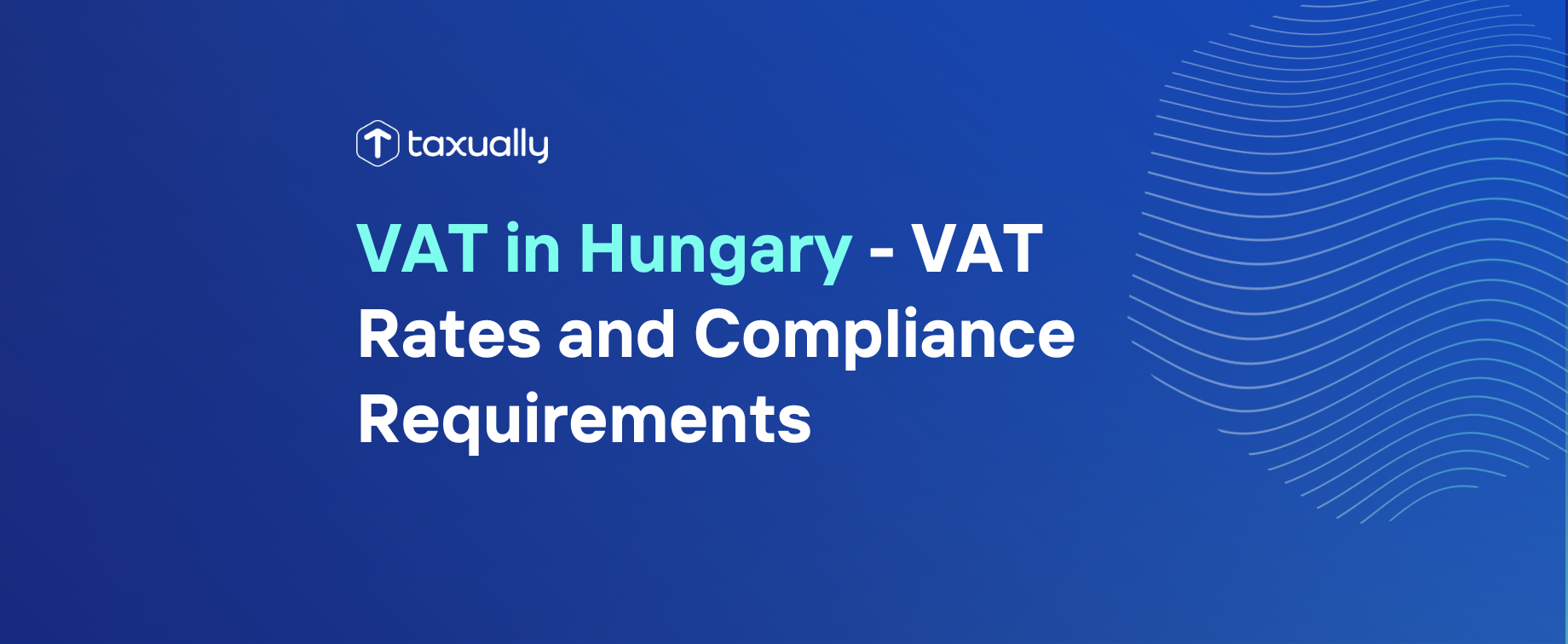Hungary, a member of the European Union (EU), has a well-defined Value Added Tax (VAT) system that aligns with EU directives. For businesses engaging in international trade, understanding Hungary’s VAT rules is crucial to ensure compliance and optimize tax efficiency. This article delves into the intricacies of Hungary’s VAT regulations for cross-border transactions and examines the key implications for businesses operating in this dynamic market.
Understanding Hungary’s VAT Rules for International Trade
Hungary’s VAT system is governed by the Hungarian VAT Act, which is harmonized with the EU VAT Directive. The standard VAT rate in Hungary is 27%, one of the highest in the EU, with reduced rates of 5% and 18% applicable to certain goods and services such as basic food items, pharmaceuticals, and books. For businesses involved in international trade, it is essential to understand when and how VAT is applied, particularly in the context of intra-EU transactions and imports/exports.
For intra-EU trade, the VAT treatment depends on whether the transaction is a B2B (business-to-business) or B2C (business-to-consumer) sale. In B2B transactions, the reverse charge mechanism applies, meaning that the buyer is responsible for reporting and paying the VAT in their home country. This eliminates the need for the seller to register for VAT in the buyer’s country. Conversely, for B2C sales, the seller must charge Hungarian VAT if the goods are dispatched from Hungary, unless they exceed the distance selling threshold in the buyer’s country, in which case VAT must be charged according to the buyer’s country rates.
When it comes to imports and exports, Hungary’s VAT rules are aligned with EU regulations. Imports from non-EU countries are subject to Hungarian VAT upon entry, which can be reclaimed by businesses through their VAT returns if the imports are for business purposes. Exports to non-EU countries are zero-rated, meaning that no VAT is charged on the sale, but businesses must retain proper documentation to prove that the goods have left the EU. This zero-rating provides a significant advantage for exporters, as it enhances their competitiveness in international markets.
Key Implications for Businesses Engaging Across Borders
For businesses engaging in cross-border trade, understanding Hungary’s VAT rules is critical to avoid potential pitfalls and ensure compliance. One key implication is the administrative burden associated with VAT registration and reporting. Companies trading within the EU must be vigilant about the VAT thresholds and registration requirements in each member state to avoid penalties and interest charges. For instance, if a Hungarian company exceeds the distance selling threshold in another EU country, it must register for VAT in that country and comply with local VAT reporting requirements.
Another important consideration is the cash flow impact of VAT. Businesses importing goods into Hungary must pay VAT at the point of entry, which can tie up significant amounts of cash. Although this VAT can be reclaimed, the time lag between payment and reimbursement can strain a company’s cash flow. To mitigate this, businesses may consider using customs warehousing or deferred VAT payment schemes, which allow them to delay the payment of VAT until the goods are sold or leave the warehouse.
Lastly, the complexity of VAT rules across different jurisdictions can pose challenges for businesses. Companies must stay abreast of changes in VAT legislation, both in Hungary and in other countries where they operate. This requires a robust tax compliance strategy and often the assistance of VAT specialists or consultants. For example, the introduction of the One-Stop Shop (OSS) scheme by the EU simplifies VAT compliance for e-commerce businesses by allowing them to report and pay VAT in one member state for all intra-EU B2C sales, rather than registering in multiple countries.
Navigating Hungary’s VAT rules for international trade requires a thorough understanding of both national and EU regulations. For businesses, the implications of these rules extend beyond compliance to include administrative burdens, cash flow considerations, and the need for continuous monitoring of legislative changes. By staying informed and leveraging available resources, companies can effectively manage their VAT obligations and capitalize on the opportunities presented by cross-border trade.
